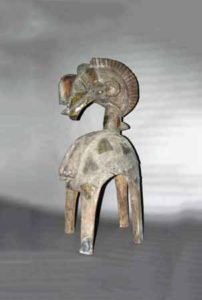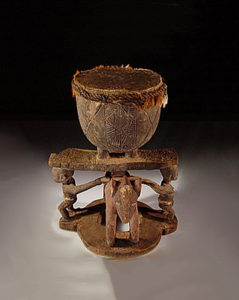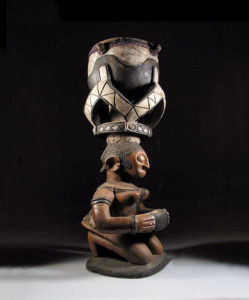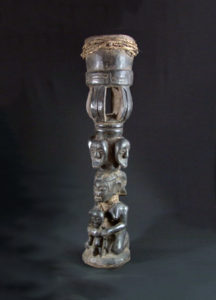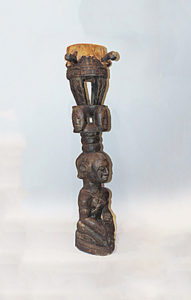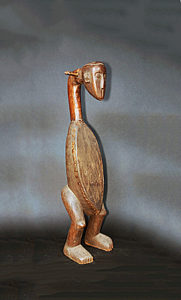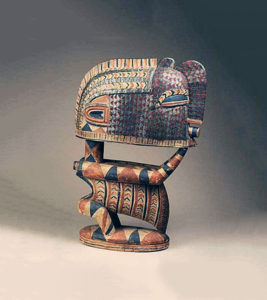Baga
The Baga people live amid the southern swampy lands of the Guinea Atlantic coastline. According to oral tradition, they originally lived along the interior highlands but were driven westward by their neighbors. The name ‘Baga’ is believed to have come from the phrase ‘bae raka’, meaning “people of the seaside.” Predominantly rural and known for their successful agriculture, particularly with rice farming, the Baga people speak a language of the Atlantic branch of the Niger-Congo family. Once the Baga settled, they fashioned an egalitarian society, meaning they lack political leaders or hierarchies. Instead, they are organized into small groups and make decisions collectively, letting everyone’s voice be heard.
Beginning in the 16th century, trade routes began sprawling through Baga territory. The people began cultivating rice, kola nut and salt to supply the Portuguese traders. With a boom in economic growth, the area became a permanent residence for many new settlers. Some of these newcomers began marrying the daughters of Baga chiefs, becoming political leaders, and eventually establishing dynasties.
In the 19th century, the Baga fell under French colonization, along with all of Guinea. However, within a century, they gained back their independence, only to fall under an Islamic-Marxist Government. The state forced Islam as their formal religion, outlawing all non-Muslim religious practices and in the process, destroying all Baga traditional religious icons. In 1984, after the death of their leader, Sekou Toure, the Baga slowly began reestablishing their traditional culture and animist nature.
Baga are known for their historic beautiful and sophisticated animist pieces of artwork, that have been displayed and held at many major museums of the world.
Source: Baga People – Discover African Art: Discover African Art

